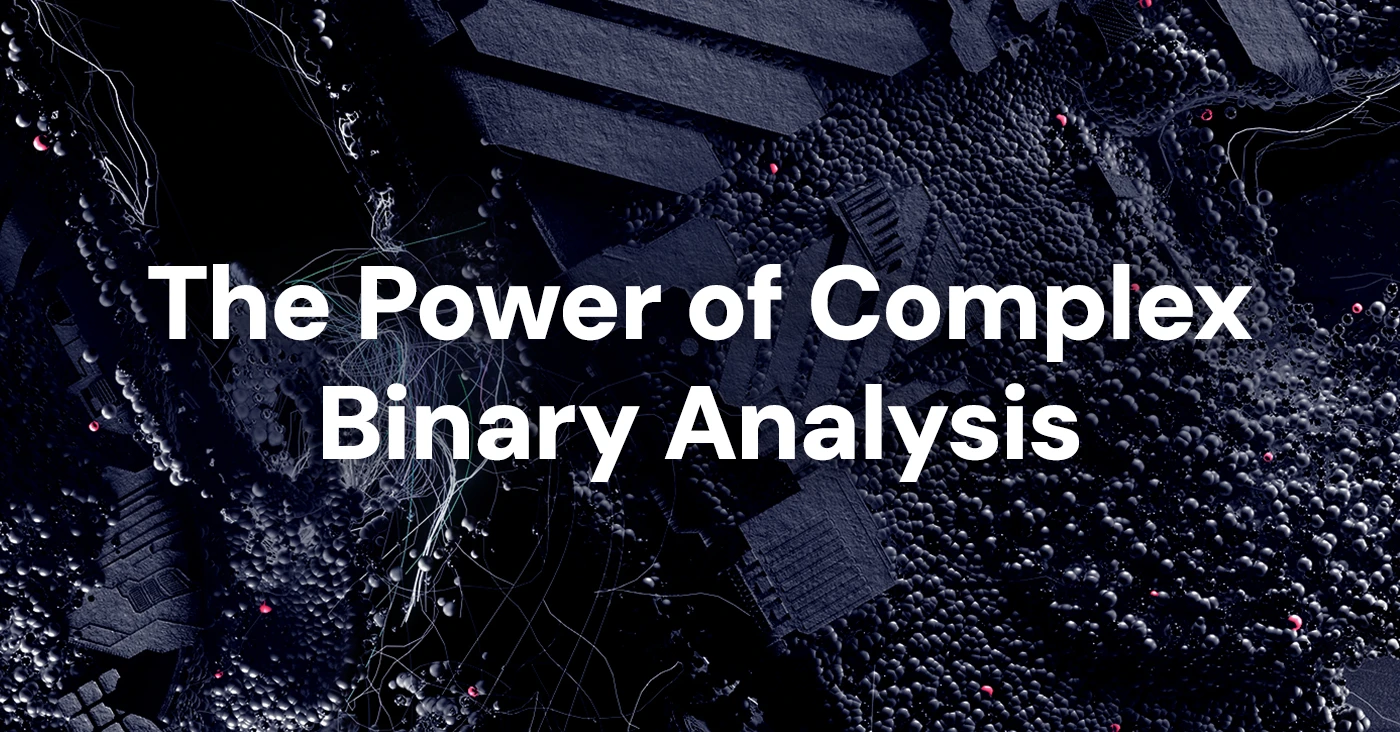A prism is a fascinating thing. It separates a single stream of light, into different wavelengths to make visible different colors. It is a fitting metaphor for ReversingLabs complex binary analysis. It takes in a single entity, a file or software package, and through our own analysis and “refraction,” we can separate out critical insights, making it possible to see malware, tampering, vulnerabilities, exposed secrets, malicious behavior, and more. This is the power of complex binary analysis.
ReversingLabs delivers the industry’s leading complex binary analysis technology, powered by ReversingLabs TitaniumCore™. It delivers critical visibility into files, malware, and software necessary to stand up to the most advanced cybersecurity attacks. Capable of digging deeper and providing the unfettered insights necessary for any analyzed file, ReversingLabs delivers the fastest and most comprehensive solutions for automated static analysis of binary files. Proven in the field for over 15 years, the world’s leading cybersecurity enterprises and Fortune 500 partners trust ReversingLabs data analysis to enable their security teams, power their security solutions, and enhance their visibility into the modern threat.
In the evolving cybersecurity landscape, detecting and mitigating threats has become increasingly complex, especially with the rise of sophisticated attacks through software supply chains and advanced obfuscation techniques. Traditional cybersecurity tools often rely on dynamic analysis, executing software in a controlled environment to observe its behavior. While effective in specific scenarios, dynamic analysis is resource intensive, and can be easily evaded using malicious techniques such as time-based payload execution delay methods used within the SolarWinds software supply chain attack.
Traditional tools, including traditional endpoint security and dynamic analysis systems, cannot scale in the face of stealthy, zero-day exploits that can bypass execution-based detection mechanisms. They are often constrained by the need for known signatures or identifiable malicious behaviors witho
[…]
Content was cut in order to protect the source.Please visit the source for the rest of the article.
Read the original article:
